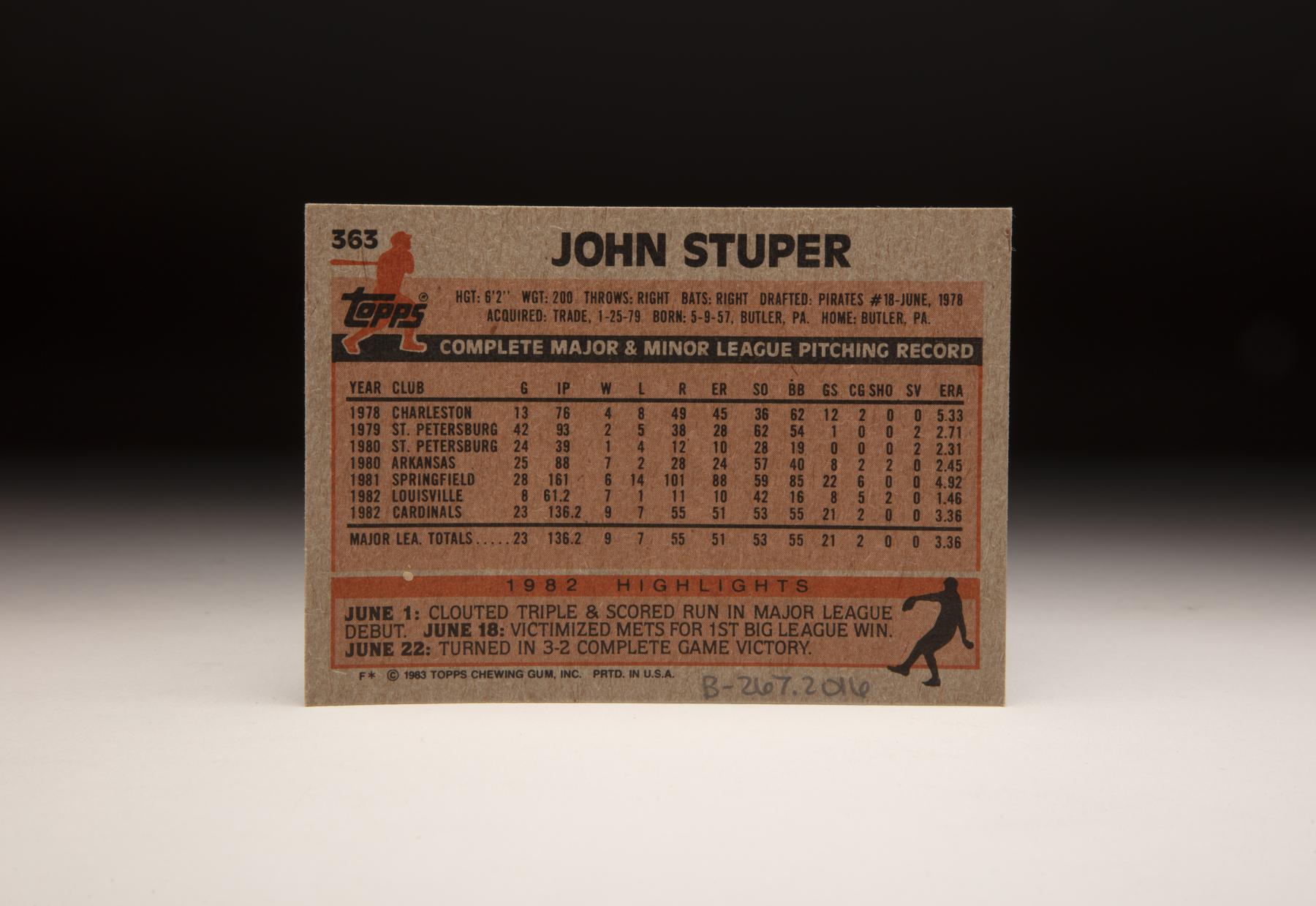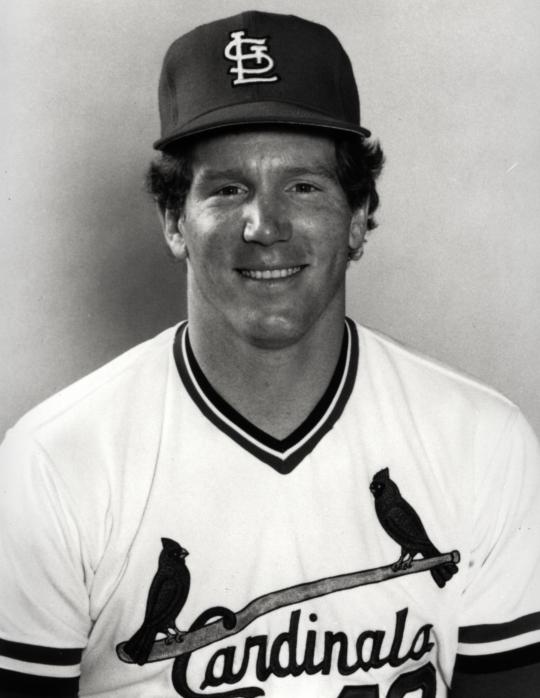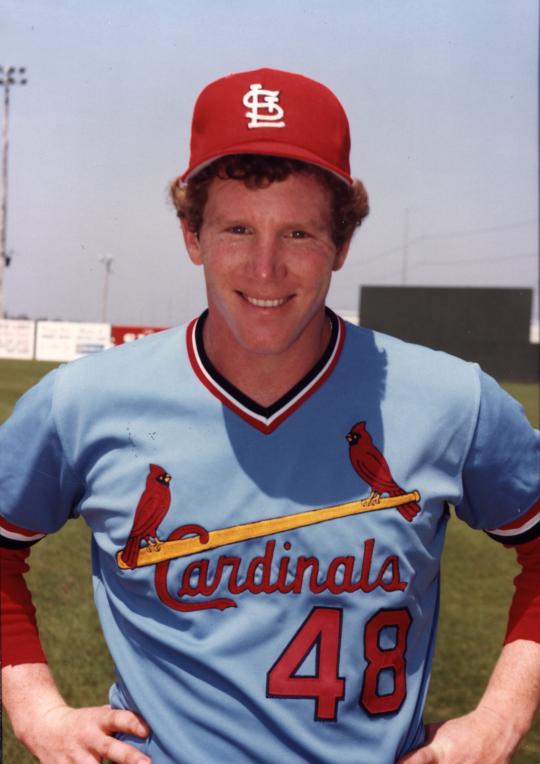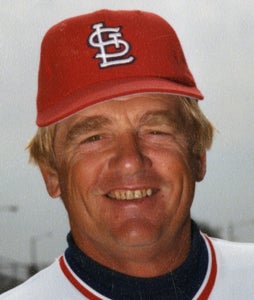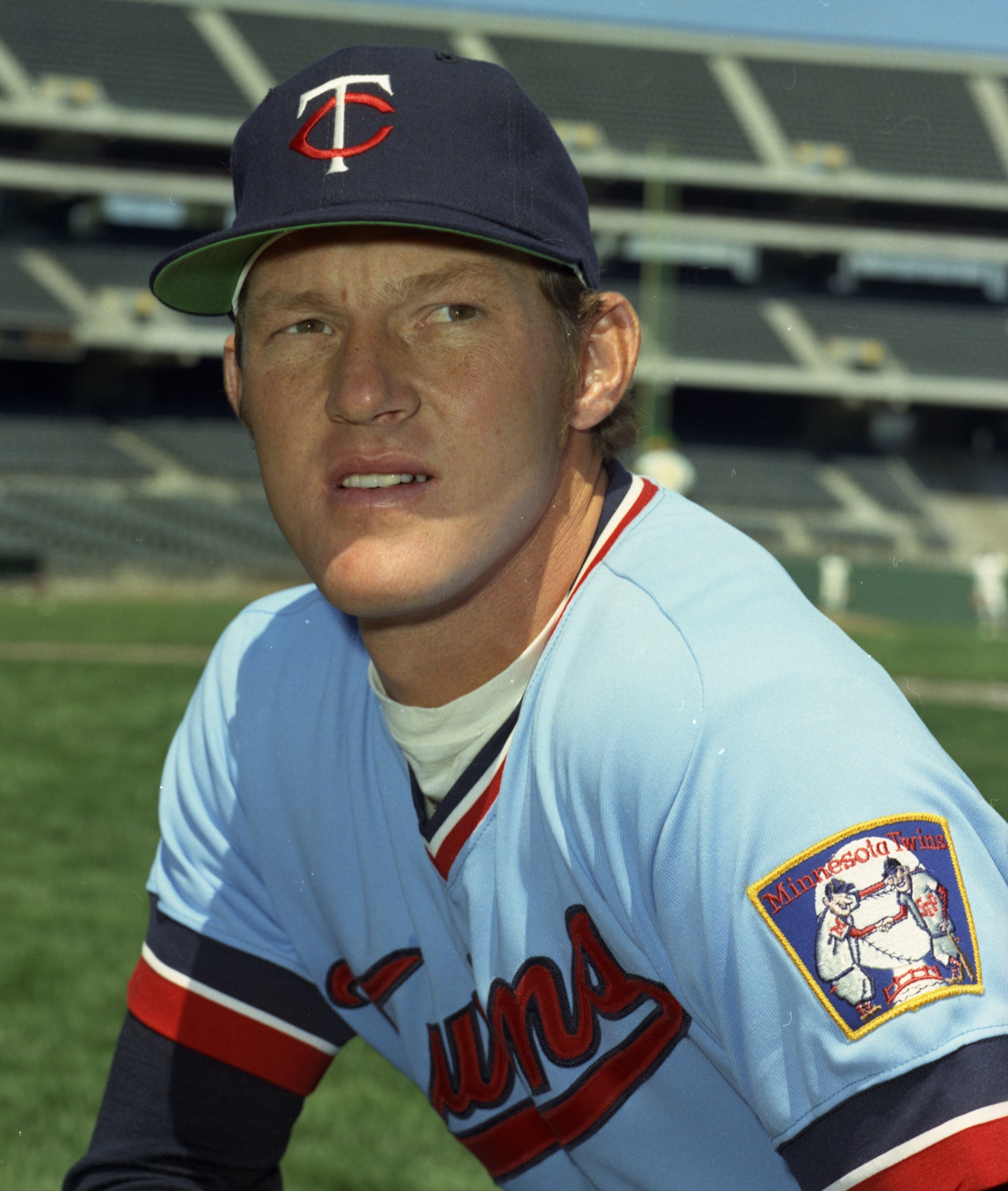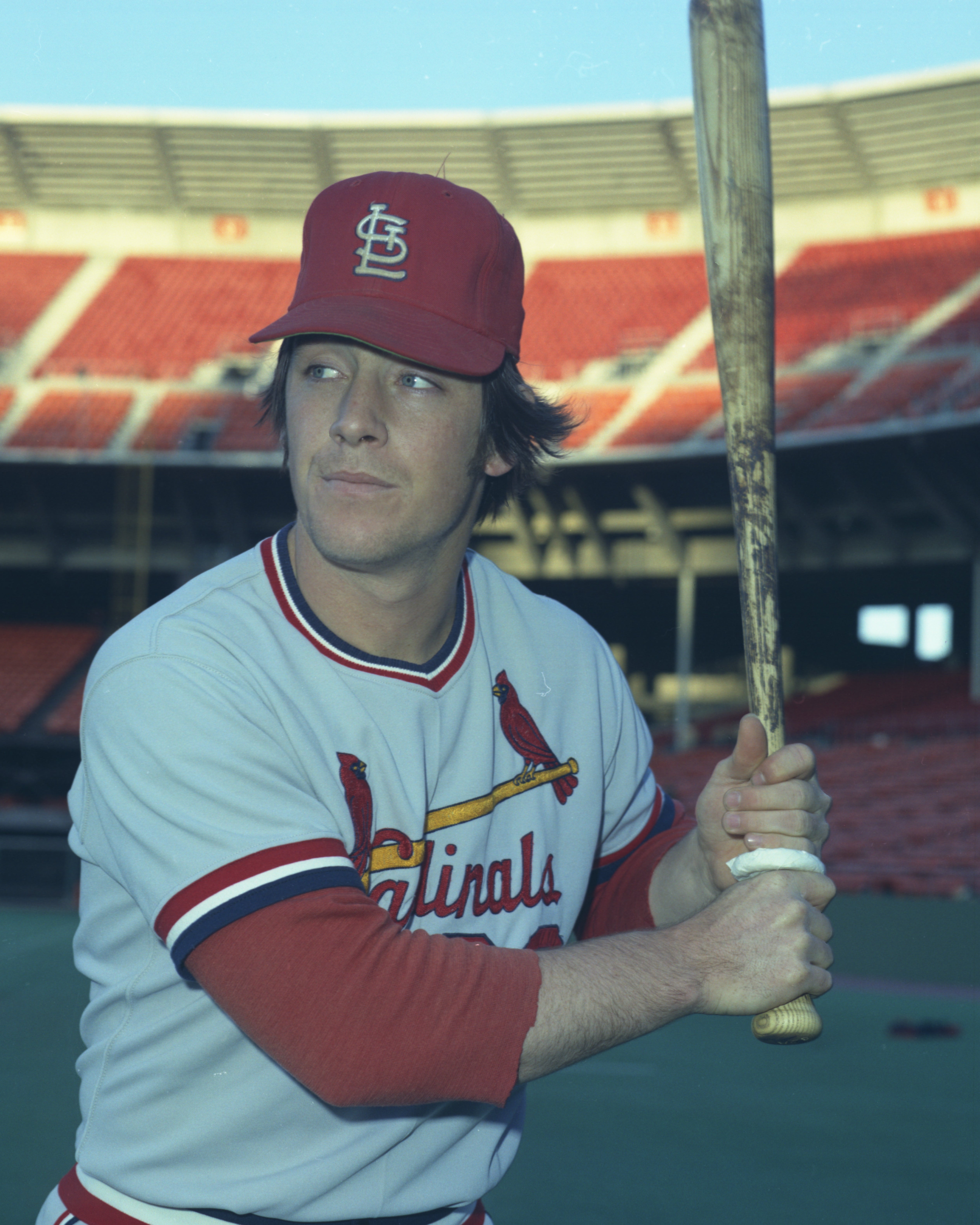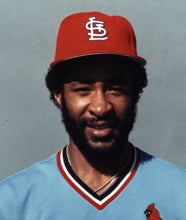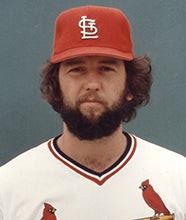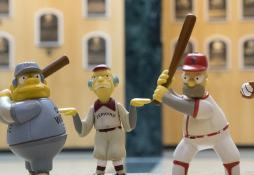- Home
- Our Stories
- #CardCorner: 1983 Topps John Stuper
#CardCorner: 1983 Topps John Stuper
The St. Louis Cardinals were one loss away from the end of their 1982 season, and manager Whitey Herzog sent John Stuper – a veteran of 23 big league starts – to the mound that night at Busch Stadium.
More than five hours later, Stuper walked off the field after throwing a complete game four-hitter against a Milwaukee Brewers lineup that featured three future Hall of Fame hitters and Cooperstown-bound starting pitcher Don Sutton.
The Cardinals won the World Series the next night – and Stuper became a St. Louis legend.
Cardinals Gear
Represent the all-time greats and know your purchase plays a part in preserving baseball history.
Hall of Fame Membership
There is no simpler, and more essential, way to demonstrate your support than to sign on as a Museum Member.
Born May 9, 1957, in Butler, Pa., John Anton Stuper dreamed of playing professional baseball from the time he started in area youth leagues in the 1960s and also had visions of becoming a sportswriter. His father was a coal miner, and after graduating in 1975 from Butler High School – located about an hour north of Pittsburgh – Stuper enrolled at Butler County Community College, where he pitched for coach Tom Beckett, who had played in the Giants’ minor league system in the 1960s.
“Tom Beckett made me a better ballplayer and a better person,” Stuper told the Pittsburgh Post-Gazette after his first professional season in 1978. “I think he’s more responsible for my getting drafted than anybody else.”
Stuper moved on to Point Park College in Pittsburgh, and the Pirates – whom he rooted for growing up – selected him in the 18th round of the MLB Draft on June 7, 1978, after Stuper had led Point Park to the NAIA World Series. Two days after the draft, Stuper signed a contract and headed for Class A Charleston of the Western Carolinas League.
With future big leaguers Bryan Clark, Dave Dravecky and Steve Farr pitching for Charleston that summer, Stuper went 4-8 with a 5.33 ERA in 12 starts for a team that finished 47-93. But with Bill Scripture – another former minor leaguer – leading the way as manager, Stuper absorbed lesson after lesson.
“He still has a few mechanical problems he has to correct,” Pirates farm director Murray Cook told the Post-Gazette following the 1978 season. “(But) he’s the kind of kid who will work. You don’t have to worry about that.”
On Jan. 25, 1979, the Pirates traded Stuper to the Cardinals in exchange for infielder Tommy Sandt, who had played a handful of games with the Athletics in 1975 and 1976. Sandt would go on to become a longtime Pirates instructor and a familiar figure in the first base coaching box with Pittsburgh’s NL East-winning teams of the early 1990s.
Stuper, meanwhile, was put on a path toward his destiny.
Pitching for Class A St. Petersburg of the Florida State League in 1979, Stuper went 2-5 with a 2.71 ERA in 42 appearances – all but one coming out of the bullpen. Following the 1979 season, Stuper played basketball for LaRoche College in Pittsburgh and earned a degree in English.
Then in 1980, Stuper returned to St. Petersburg to start the year and went 1-4 with a 2.31 ERA in 24 relief appearances before earning a promotion to Double-A Arkansas. After starting out in the bullpen with the Travelers, Stuper moved into the rotation in early July and found his groove, going 7-2 with a 2.45 ERA in 25 games, including a three-hit shutout of the Jackson Mets on Aug. 25 that Stuper called “the game of my career so far” in a story in the Jackson Clarion-Ledger.
Following the season, the Cardinals placed Stuper on their big league roster and invited him to Spring Training. He was one of the most highly touted prospects in camp that year and pitched well before being sent to Triple-A for what many thought was just a few tune-up starts. But Stuper spent the entire 1981 season with Triple-A Springfield, going 6-14 with a 4.92 ERA and walking 85 batters while striking out just 59.
“I pitched 110 innings in the Mexican League that winter (prior to the 1981 season),” Stuper told the St. Louis Post-Dispatch, “and when I got to Spring Training I was in midseason form. But in the long run, pitching in the winter hurt me. My arm was very fatigued all season.
“You can say all you want that you had a tired arm, but nobody will believe you until you come back with a good season.”
Stuper did not have an impressive camp with the Cardinals in 1982 and was sent to Triple-A Louisville. There, he was 7-1 with a 1.46 ERA in eight starts, including five complete games and two shutouts.
The Cardinals then brought him to St. Louis, where he made his big league debut on June 1 against the Giants, allowing three runs over eight innings in a no-decision.
“The organization has stayed behind me,” Stuper told the Post-Dispatch. “It’s the realization of a lifelong dream, and I’m not sure if it has hit me yet.
“It’s hard not to be comfortable with this team. It’s the best in baseball. One of the first things somebody told me when I got here was to throw strikes, let ‘em hit it and watch the rabbits go get it.”
The “rabbits” were the Cardinals’ outstanding defensive players such as Ozzie Smith, Keith Hernandez, Tommy Herr and Willie McGee. St. Louis parlayed its speed and defense into a formula that kept the team atop the National League East for most of the season, winning the division by three games over the Phillies.
Stuper stayed in the rotation for the final four months, finishing with a 9-7 record and 3.36 ERA over 23 appearances. He walked more batters (55) than he struck out (53), but Stuper built a reputation as one of the most dependable young pitchers in the game.
Stuper started Game 2 of the NLCS after Joaquin Andújar’s start in Game 1 was washed away by rain with one out in the bottom of the fifth. Bob Forsch started what became Game 1, pitching St. Louis to a 7-0 win over the Braves. In Game 2, Stuper allowed two earned runs over six innings as the Cardinals won 4-3 on a Ken Oberkfell single in the bottom of the ninth. When St. Louis won Game 3 by a score of 6-2, the Cardinals and Stuper advanced to the World Series.
Stuper drew the start in Game 2 of the Fall Classic vs. the Brewers, allowing four runs over four innings in a game the Cardinals rallied to win 5-4. Then in Game 3, Stuper again found himself in the spotlight when he helped carry Andújar off the field after a line drive by Ted Simmons hit Andújar on the right leg and forced him from the game.
After the Cardinals’ Game 3 win, the Brewers won Games 4 and 5 to take a 3-games-to-2 lead.
Game 6 would feature Stuper vs. future Hall of Famer Don Sutton. And rain once again played a role as the game was delayed twice, for 26 minutes in bottom of the fifth and then 2:13 in the bottom of the sixth. But Stuper seemed totally unaffected, permitting just four hits and one earned run over nine innings in a 13-1 win. The game on the field took two hours and 21 minutes, 18 minutes shorter than the delays that pushed the end of the game to well past midnight Central Time.
Stuper dedicated Game 6 to his father, who had passed away in 1977.
“I was close to my father,” Stuper said, “and my biggest regret was that he wasn’t around to watch me pitch in a World Series.
“From the time I was a little boy, no matter how tired my father was after working all day, he took time to play catch with me and teach me how to play the game.”
“From the time I was a little boy, no matter how tired my father was after working all day, he took time to play catch with me and teach me how to play the game.”
With the series now headed for a seventh game, Stuper became national news.
“I’m not surprised at the job he did,” Cardinals teammate Jim Kaat said of Stuper after Game 6. “He has the makeup of a winner.”
The Cardinals won Game 7 6-3 behind the pitching of Andújar and Bruce Sutter, giving St. Louis its first World Series title since 1967.
“Stuper won some big games for us when we needed help,” Cardinals manager Whitey Herzog told The New York Times.
A sore shoulder sidelined Stuper in Spring Training of 1983 and delayed his regular season debut until mid-April. On May 6, he walked the first three batters he faced against the Dodgers before Herzog pulled him in what became a 16-10 loss.
“He’s trying too hard,” Cardinals pitching coach Hub Kittle told the Post-Dispatch. “He’s physically sound. He’s got good stuff.”
The Cardinals sent Stuper to the bullpen, where he made two appearances before rejoining the rotation and notching three complete games in four outings through the end of May. He stayed in the rotation for most of the rest of the year, finishing with a record of 12-11 and a 3.68 ERA – the best ERA of any St. Louis pitcher with at least 100 innings worked – as the Cardinals slumped to a 79-83 record.
Stuper’s Spring Training sore shoulder returned in 1984, idling him for almost all of March. He was sent to Triple-A Louisville, returning on April 20. He started the next night against Montreal but recorded only four outs, allowing five hits, three walks and five earned runs in a 6-3 loss.
After three bullpen outings, he returned to the rotation in early May and took his regular turn through June. But the results – a 3-5 record and 5.28 ERA over 61.1 innings – prompted the Cardinals to send Stuper back to Triple-A on June 30. Within a week of the demotion, Stuper was loaned to Vancouver, the Brewers’ Triple-A affiliate, in exchange for pitcher Jerry Augustine. Stuper soon asked to be traded.
After going a combined 2-3 with a 3.98 ERA for Louisville and Vancouver, Stuper was dealt to the Reds on Sept. 9 in exchange for outfielder Paul Householder.
“I really feel like I’m going somewhere where I’m wanted,” Stuper told the Post-Dispatch from his home in Butler, where he had gone following the end of the Triple-A season. “Obviously, I still feel I can pitch at the big league level and now I’ll have a chance to prove it.”
Stuper rejoined his friend and mentor Jim Kaat with the Reds, as Kaat had signed on as Cincinnati’s pitching coach after retiring in 1983. Stuper began the 1985 season in the Reds’ rotation but was 5-4 with a 5.65 ERA through 11 starts when he was sent to the bullpen. He finished the campaign on a high note, allowing just one hit over six shutout innings and picking up the win in a 4-2 victory over the Dodgers on the final Friday of the season.
On Dec. 19, the Reds packaged Stuper with Dann Bilardello, Andy McGaffigan and Jay Tibbs and send them to the Expos in exchange for Sal Butera and Bill Gullickson.
“It’s 8:30 a.m., you’re about ready to take your first bite of breakfast and you get a phone call,” Stuper told the Post-Gazette of how he found out he was traded. “I have mixed feelings about it. I was very comfortable in Cincinnati.
“I think maybe I have a better chance to start in Montreal. Maybe the trade is a blessing in disguise.”
But after a shaky spring, Stuper was released by the Expos on April 2, less than a week before the start of the regular season. In 14 innings in Spring Training, Stuper allowed 23 hits and 13 runs.
“His numbers did not merit us keeping him,” Expos publicist Richard Griffin told the Post-Gazette.
Within a few weeks after being released, Stuper became the baseball coach at Butler County Community College program and enrolled at nearby Slippery Rock University, where he received a master’s degree in English. After watching Smith, Herr and Hernandez set new standards for defensive excellence, Stuper was able to pass on many of the lessons.
“Coaching the infielders is probably my most enjoyable task,” Stuper told the Post-Gazette.
After four-and-a-half seasons with BCCC, Stuper served as a pitching coach in the Cardinals system in 1991 and 1992 before coming the head coach at Yale University. Stuper led the Bulldogs to Ivy League division titles in each of his first three seasons and even took Yale to the NCAA Regionals in 2017. He retired following the 2022 season after 30 years with a record of 555-628, the most wins in school history.
But despite all his post-playing career success, Stuper will long be remembered for a few days where he captured the attention of the sporting world.
“No question,” Stuper said about the World Series being his career highlight, “and not really Game 6, but Game 7, when Bruce Sutter threw a fastball past Gorman Thomas for the last out. The greatest thing was to be world champions.”
Craig Muder is the director of communications for the National Baseball Hall of Fame and Museum
Related Stories
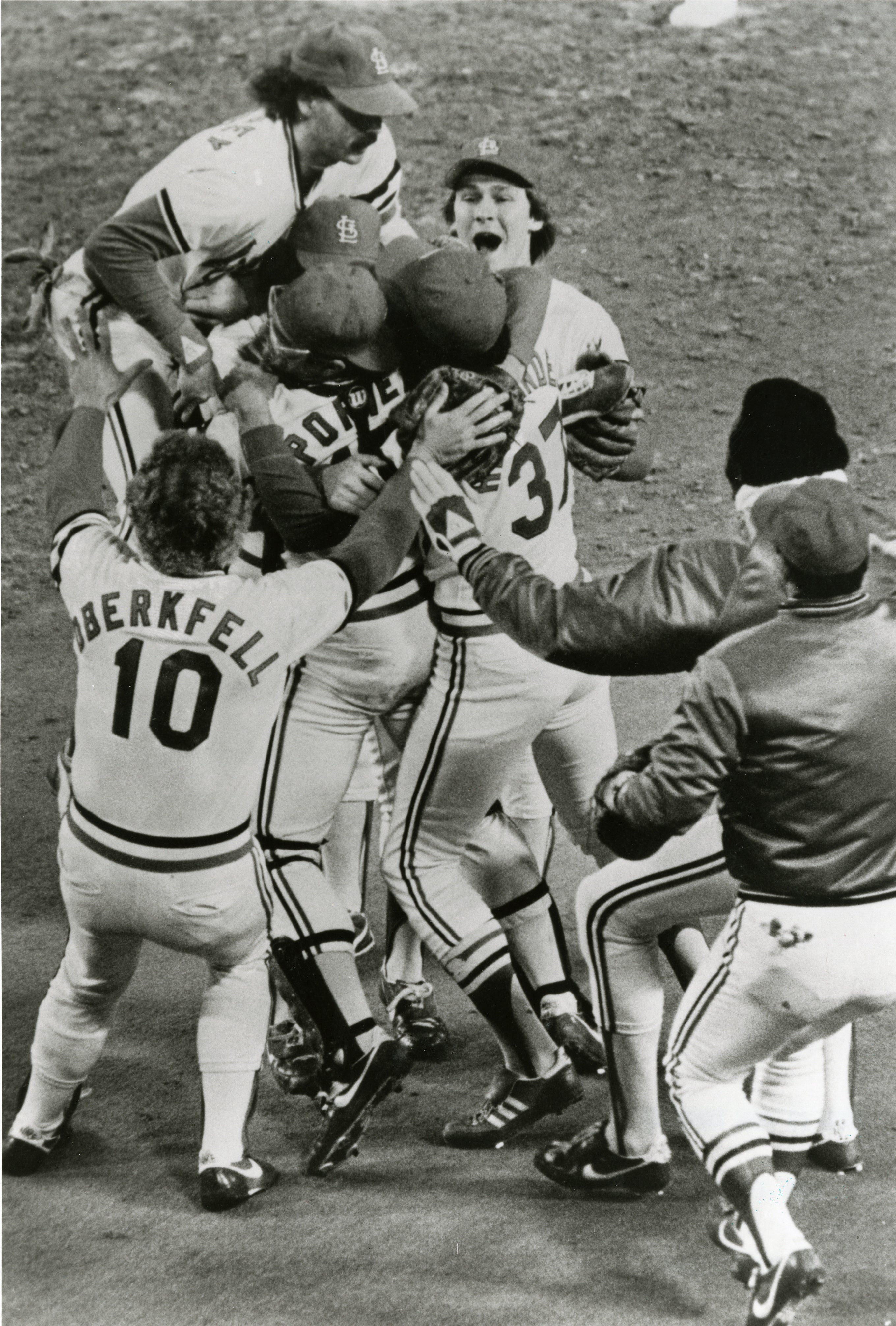
Bruce Sutter wraps up Game 7 of the 1982 World Series

Kaat defies time in 1982 World Series for Cardinals

#CardCorner: 1983 Topps Willie McGee

#CardCorner: 1985 Topps Andy Van Slyke
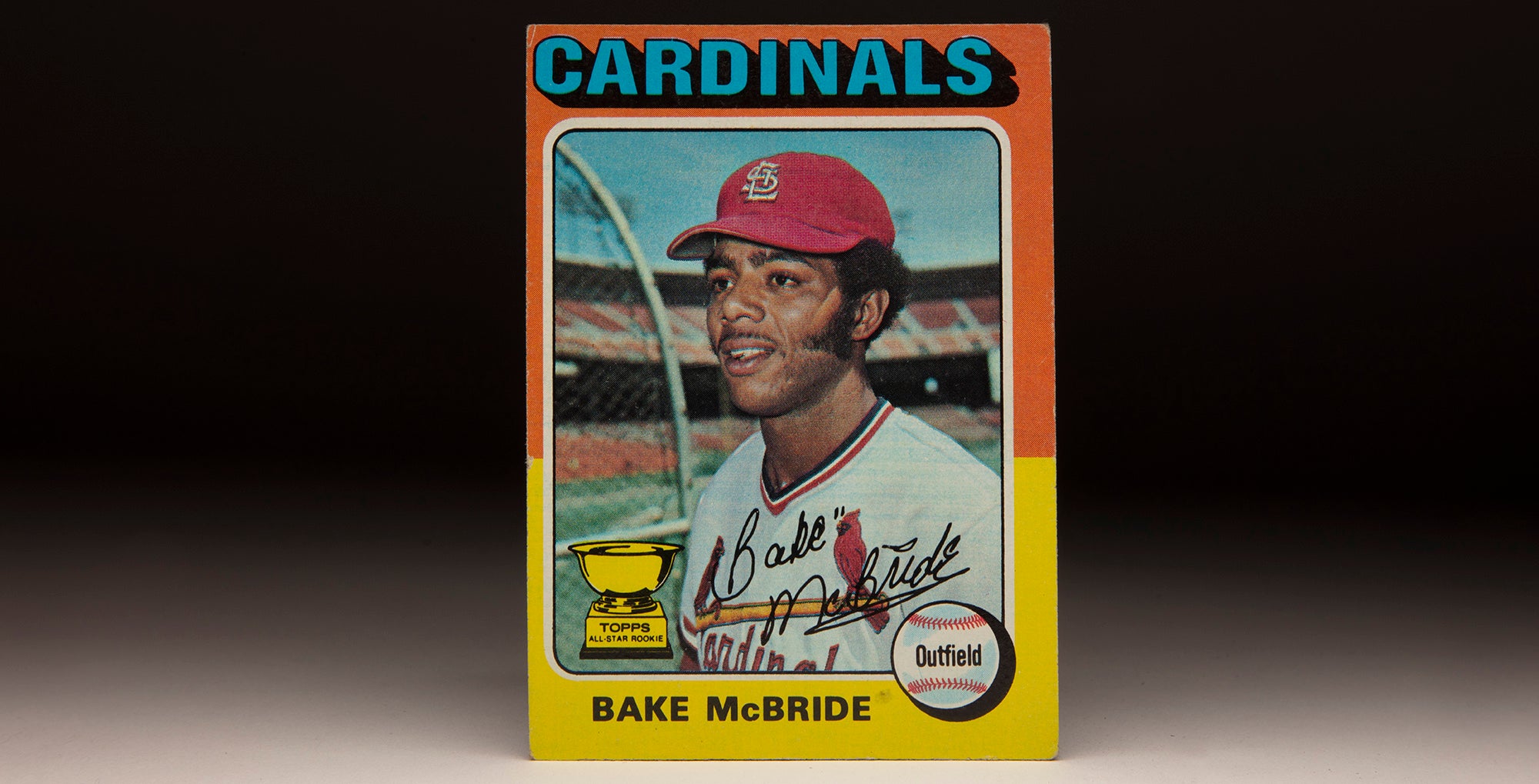
#CardCorner: 1975 Topps Bake McBride
Related Stories
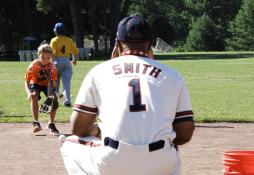
Turn Two
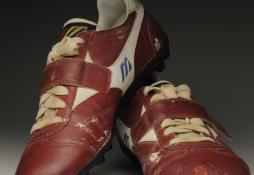
#Shortstops: Shoes of a wizard

Card Corner: 1979 Topps Don Stanhouse
Hall of Fame Legends Boggs, Gossage, Fingers, Marichal, Niekro and Smith Headed to Cooperstown for Classic Weekend, May 26-28

#CardCorner: 1982 Topps Bill Campbell

#CardCorner: 1971 Topps Joe Morgan

#CardCorner: 1991 Topps Mariano Duncan
Hall of Fame Weekend 2017 to Feature Inductions of Jeff Bagwell, Tim Raines, Iván Rodríguez, John Schuerholz, Bud Selig, July 28-31 in Cooperstown

#Shortstops: Shoes of a wizard
50 Hall of Fame Legends to be in Cooperstown For Hall of Fame Weekend, July 22-25

Twenty-five years ago, big league pioneer Larry Doby received his Hall of Fame plaque
01.01.2023
50 Hall of Fame Legends to be in Cooperstown For Hall of Fame Weekend, July 22-25
01.01.2023


